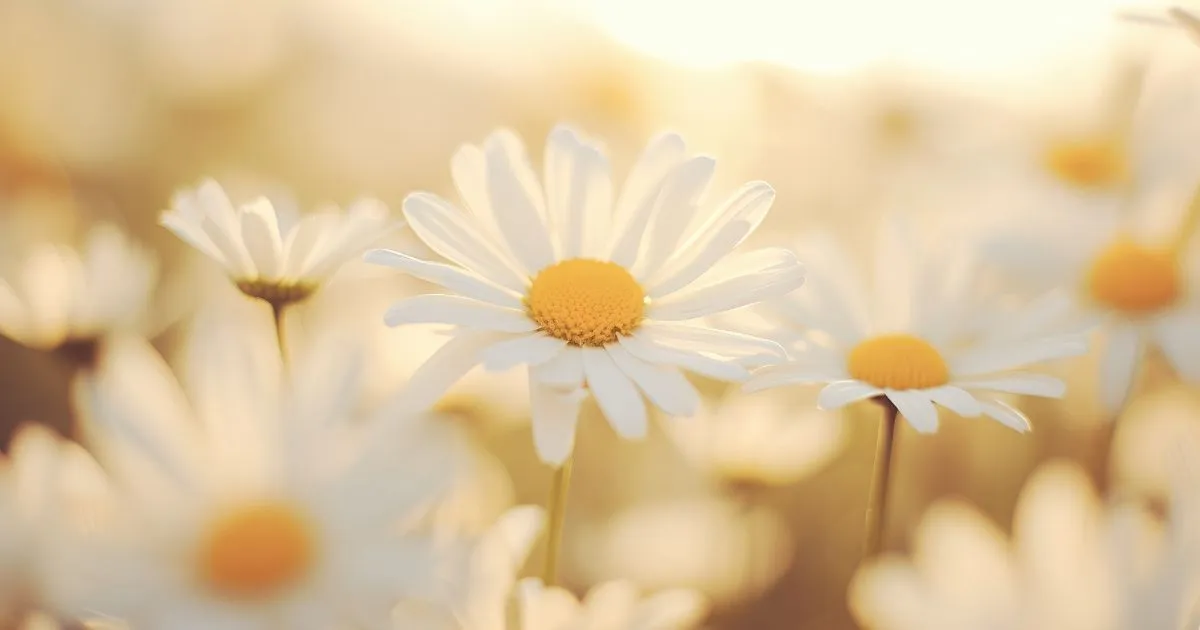Table of Contents
Wildflower gardens are a stunning and eco-friendly way to bring color, life, and biodiversity to your outdoor space. Unlike traditional gardens, wildflower gardens are designed to mimic natural landscapes, offering a low-maintenance yet visually captivating alternative. In this article, we will explore everything you need to know about creating and maintaining a wildflower garden, from planning and planting to long-term care. Whether you’re a seasoned gardener or a beginner, this guide will help you transform your yard into a vibrant wildflower garden.
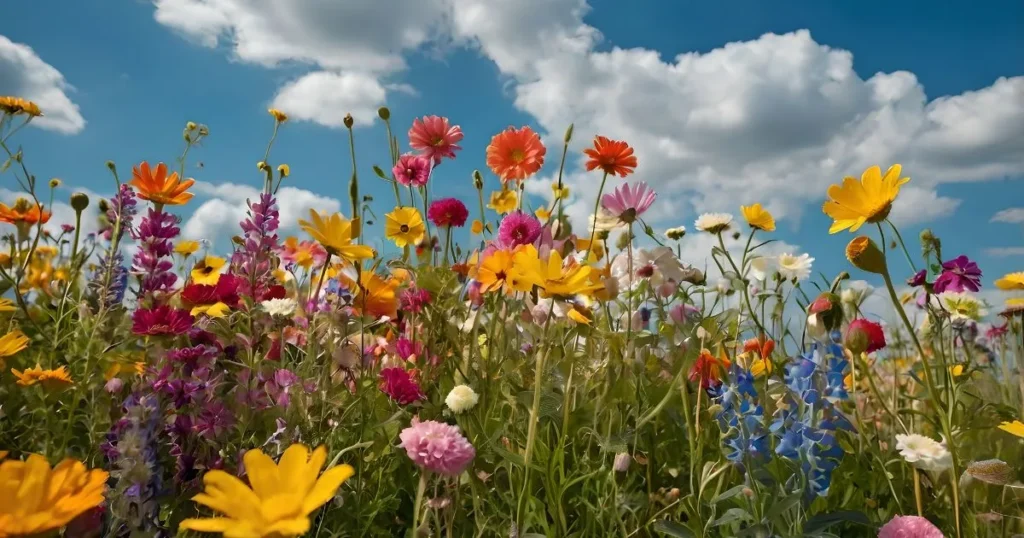
What is a Wildflower Garden?
A wildflower garden is a carefully curated space filled with native or non-native wildflowers that grow naturally without extensive human intervention. These gardens are designed to replicate the beauty of natural meadows, prairies, or woodland clearings. Wildflower gardens are not only aesthetically pleasing but also play a crucial role in supporting pollinators like bees, butterflies, and birds.
Benefits of a Wildflower Garden
- Biodiversity Support: Wildflower gardens provide habitats and food sources for a variety of wildlife, including pollinators, insects, and small animals.
- Low Maintenance: Once established, wildflower gardens require less watering, fertilizing, and weeding compared to traditional gardens.
- Eco-Friendly: Wildflowers are often native plants that thrive in local conditions, reducing the need for chemical inputs.
- Aesthetic Appeal: The natural, unstructured beauty of a wildflower garden adds a unique charm to any landscape.
- Soil Health: Wildflowers help prevent soil erosion and improve soil quality over time.
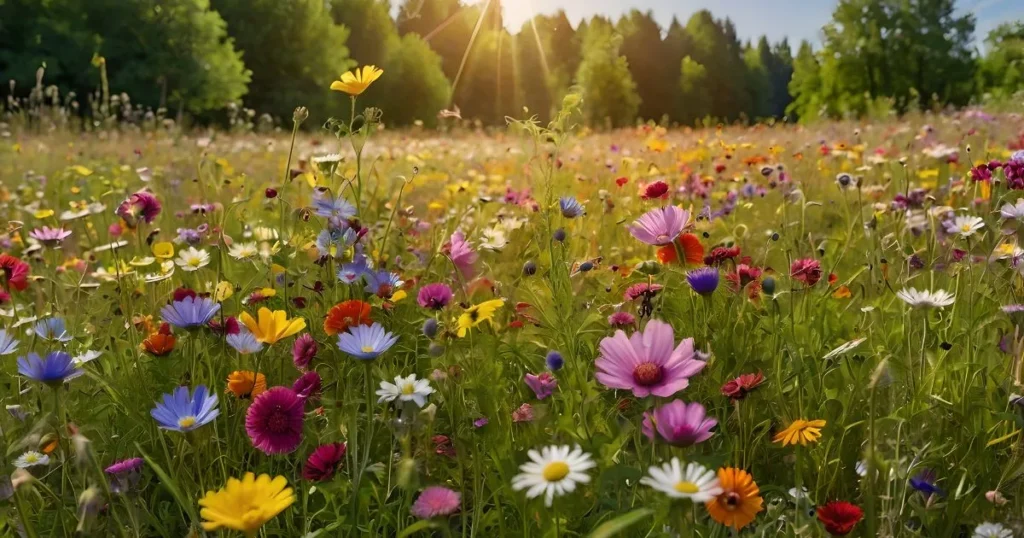
Planning Your Wildflower Garden
Creating a successful wildflower garden begins with careful planning. Here are the key steps to consider:
1. Choose the Right Location
Wildflowers thrive in areas with plenty of sunlight. Most species require at least 6 hours of direct sunlight per day. However, some wildflowers can tolerate partial shade, so assess your space and choose accordingly.
2. Assess Your Soil
Wildflowers are adaptable and can grow in a variety of soil types, but it’s important to understand your soil’s composition. Conduct a soil test to determine its pH and nutrient levels. Most wildflowers prefer well-draining soil with a neutral pH.
3. Select Your Wildflower Species
Choosing the right mix of wildflowers is crucial for a thriving garden. Consider the following factors:
- Native vs. Non-Native: Native wildflowers are better adapted to your local climate and soil conditions, making them easier to grow and maintain.
- Bloom Time: Select a mix of species that bloom at different times to ensure continuous color throughout the growing season.
- Height and Spread: Plan for a variety of heights and growth habits to create a visually dynamic garden.
4. Prepare the Site
Proper site preparation is essential for the success of your wildflower garden. Follow these steps:
- Clear the Area: Remove existing vegetation, weeds, and debris.
- Loosen the Soil: Use a rake or tiller to loosen the top layer of soil, creating a suitable seedbed.
- Amend the Soil: If necessary, add organic matter or sand to improve drainage and fertility.
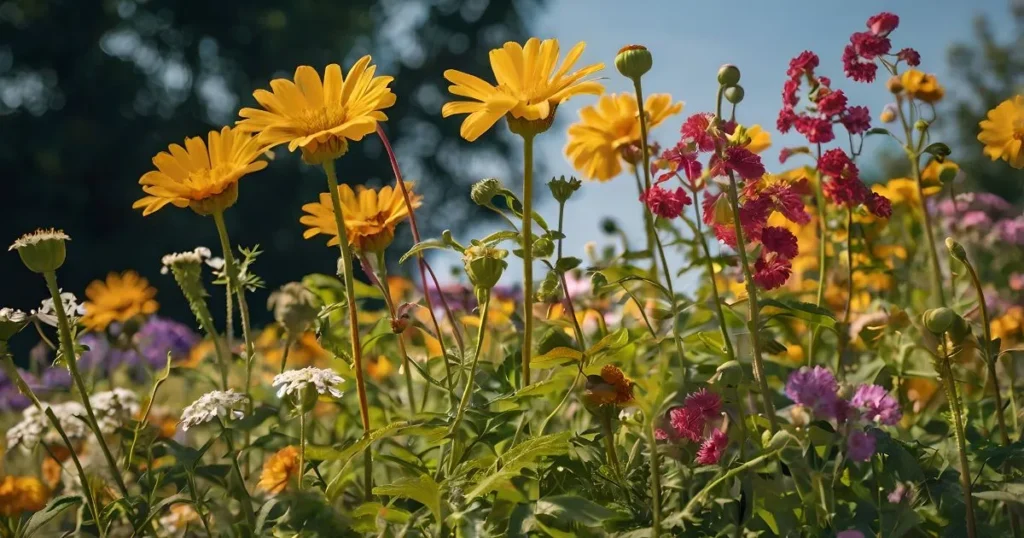
Planting Your Wildflower Garden
Once your site is prepared, it’s time to plant your wildflower seeds. Here’s how to do it:
1. Choose the Right Time
The best time to plant wildflower seeds depends on your climate. In most regions, early spring or late fall is ideal. Planting in the fall allows seeds to undergo natural stratification, which improves germination rates.
2. Mix Seeds with a Carrier
To ensure even distribution, mix your wildflower seeds with a carrier like sand or vermiculite. This helps prevent clumping and makes it easier to spread the seeds evenly.
3. Sow the Seeds
Scatter the seed mixture by hand or use a seed spreader for larger areas. Lightly rake the soil to cover the seeds, but avoid burying them too deeply. Most wildflower seeds require light to germinate.
4. Water Thoroughly
After planting, water the area thoroughly to help the seeds settle into the soil. Keep the soil moist until the seeds germinate, which usually takes 1-3 weeks.
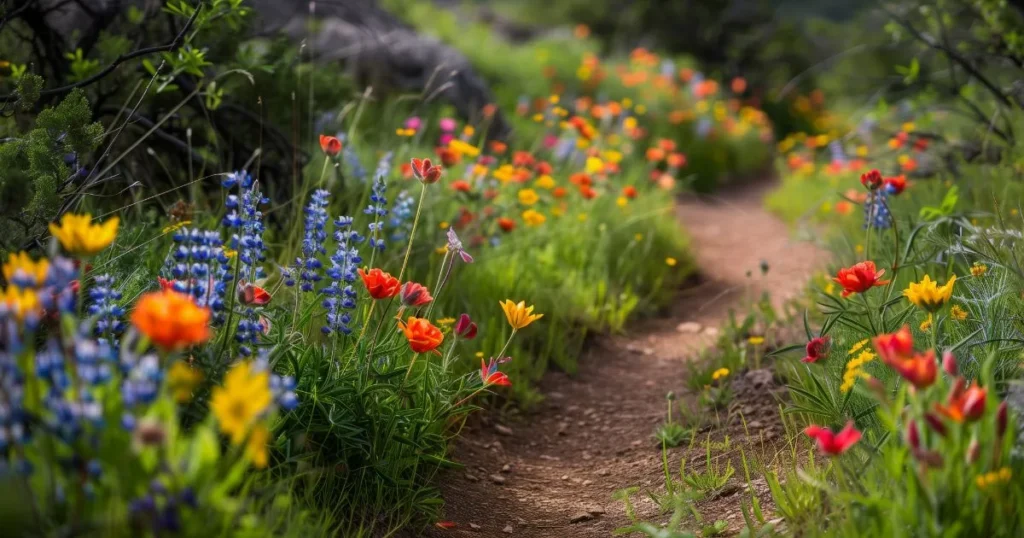
Maintaining Your Wildflower Garden
While wildflower gardens are relatively low-maintenance, they still require some care to thrive. Here are some tips for keeping your garden healthy and vibrant:
1. Watering
Once established, wildflowers are drought-tolerant and require minimal watering. However, during prolonged dry spells, provide supplemental water to keep the plants healthy.
2. Weeding
Regular weeding is essential, especially during the first year. Remove invasive weeds that compete with wildflowers for nutrients and space.
3. Mowing and Trimming
At the end of the growing season, mow or trim your wildflower garden to a height of 4-6 inches. This helps prevent the buildup of dead vegetation and encourages new growth in the spring.
4. Fertilizing
Wildflowers generally do not require fertilization. In fact, too much fertilizer can promote the growth of weeds and grasses, which can outcompete your wildflowers.
5. Pest and Disease Management
Wildflowers are naturally resistant to pests and diseases, but occasional issues may arise. Monitor your garden regularly and address any problems promptly using organic methods.
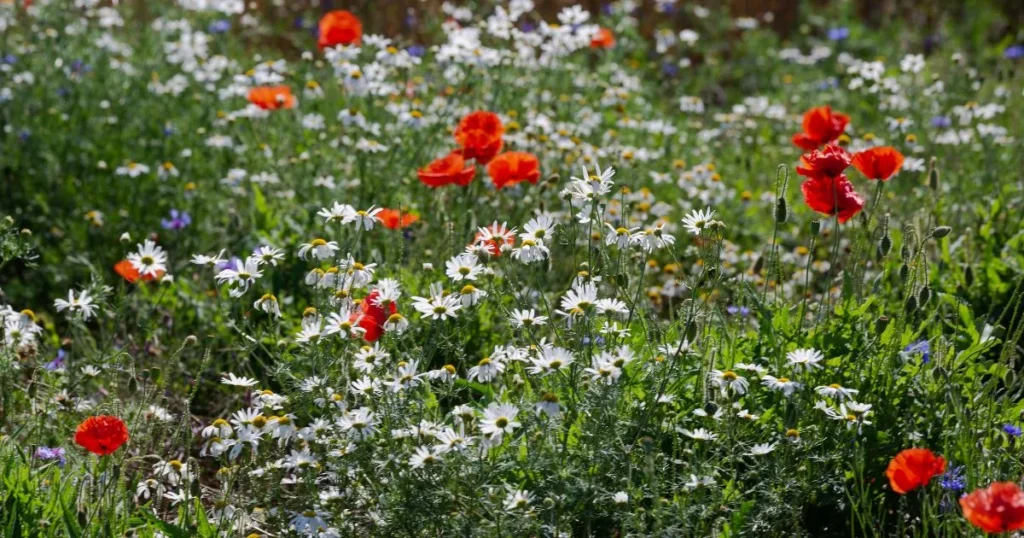
Enhancing Your Wildflower Garden
To make your wildflower garden even more special, consider adding these elements:
1. Pathways
Create pathways through your garden to allow easy access and to showcase different sections of your wildflower display.
2. Seating Areas
Add benches or seating areas where you can relax and enjoy the beauty of your wildflower garden.
3. Educational Signage
Incorporate signs that identify different wildflower species and provide information about their ecological benefits.
4. Companion Plants
Include companion plants like grasses, shrubs, or perennials to add texture and structure to your garden.
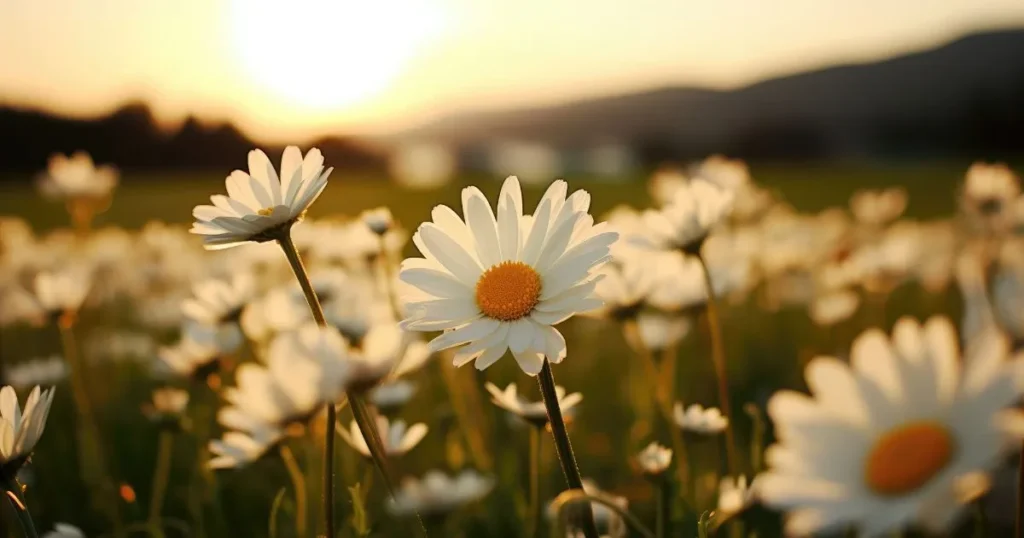
Conclusion
A wildflower garden is a beautiful and sustainable way to enhance your outdoor space while supporting local ecosystems. By following the steps outlined in this guide, you can create a thriving wildflower garden that brings joy to you and benefits the environment. Whether you have a small backyard or a large meadow, a wildflower garden is a rewarding project that connects you with nature.

Frequently Asked Questions (FAQ)
1. How long does it take for a wildflower garden to establish?
It typically takes 1-2 growing seasons for a wildflower garden to fully establish. During the first year, you may see some blooms, but the garden will become more robust and colorful in subsequent years.
2. Can I plant wildflowers in the shade?
While most wildflowers prefer full sun, some species can tolerate partial shade. Be sure to choose shade-tolerant varieties if your garden area receives limited sunlight.
3. Do wildflower gardens attract pests?
Wildflower gardens are generally resistant to pests, but occasional issues may occur. Regular monitoring and organic pest control methods can help keep your garden healthy.
4. How often should I water my wildflower garden?
Once established, wildflower gardens require minimal watering. Water only during prolonged dry spells or if the plants show signs of stress.
5. Can I grow wildflowers in containers?
Yes, you can grow wildflowers in containers, but choose compact varieties and ensure the containers have adequate drainage.
6. How do I prevent weeds in my wildflower garden?
Proper site preparation and regular weeding are key to preventing weeds. Mulching can also help suppress weed growth.
7. Are wildflower gardens good for the environment?
Yes, wildflower gardens support biodiversity, improve soil health, and reduce the need for chemical inputs, making them an eco-friendly landscaping choice.

